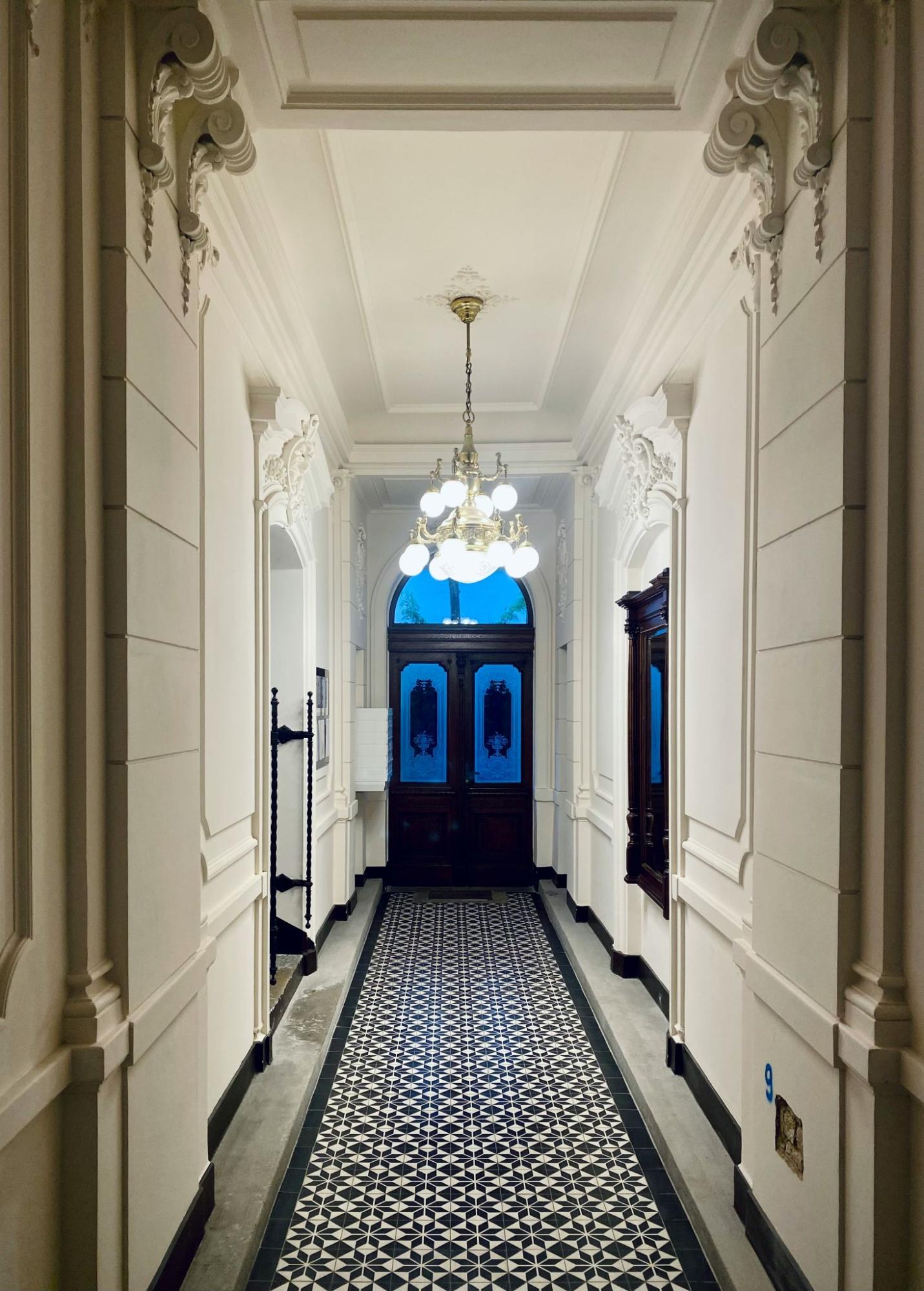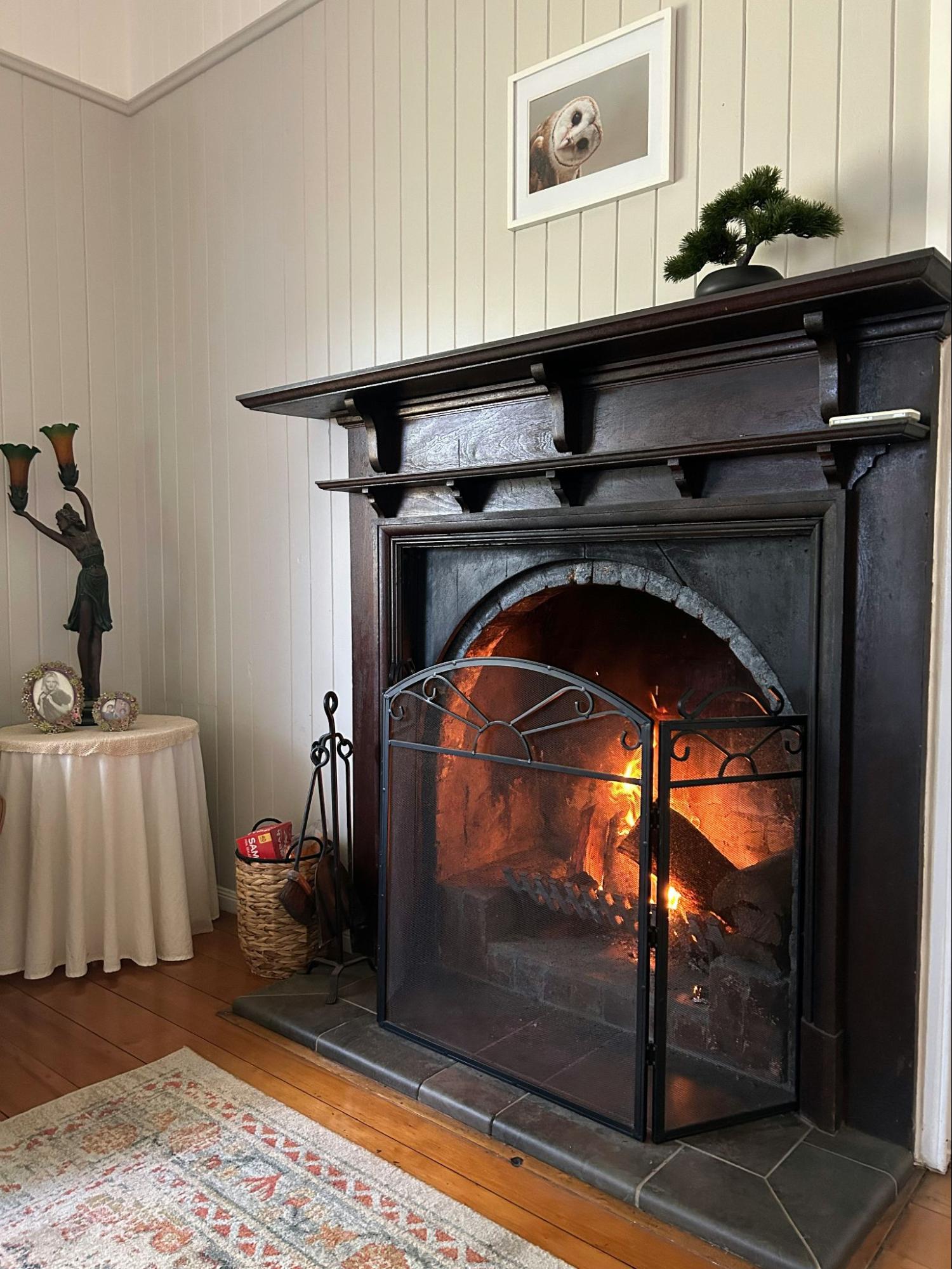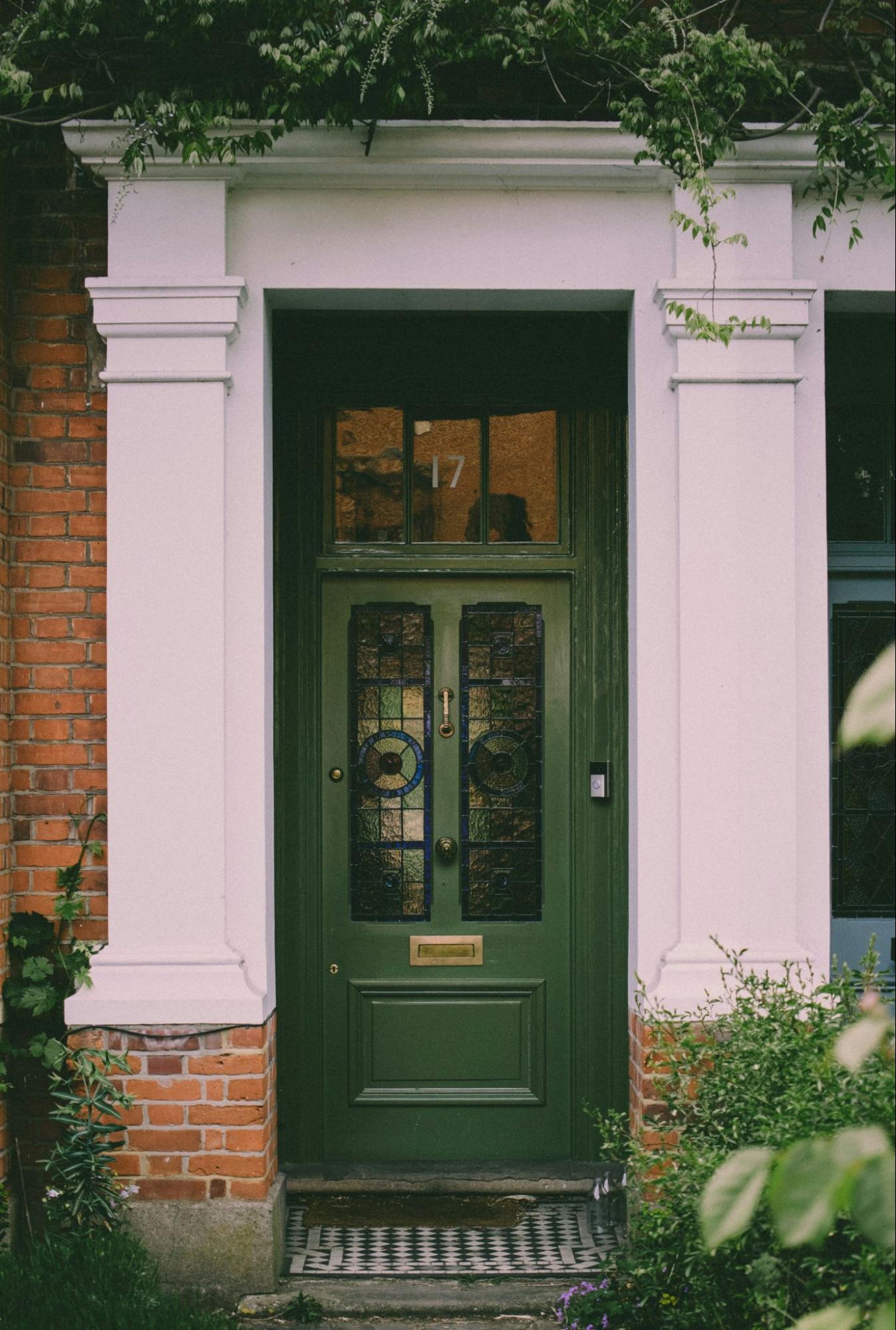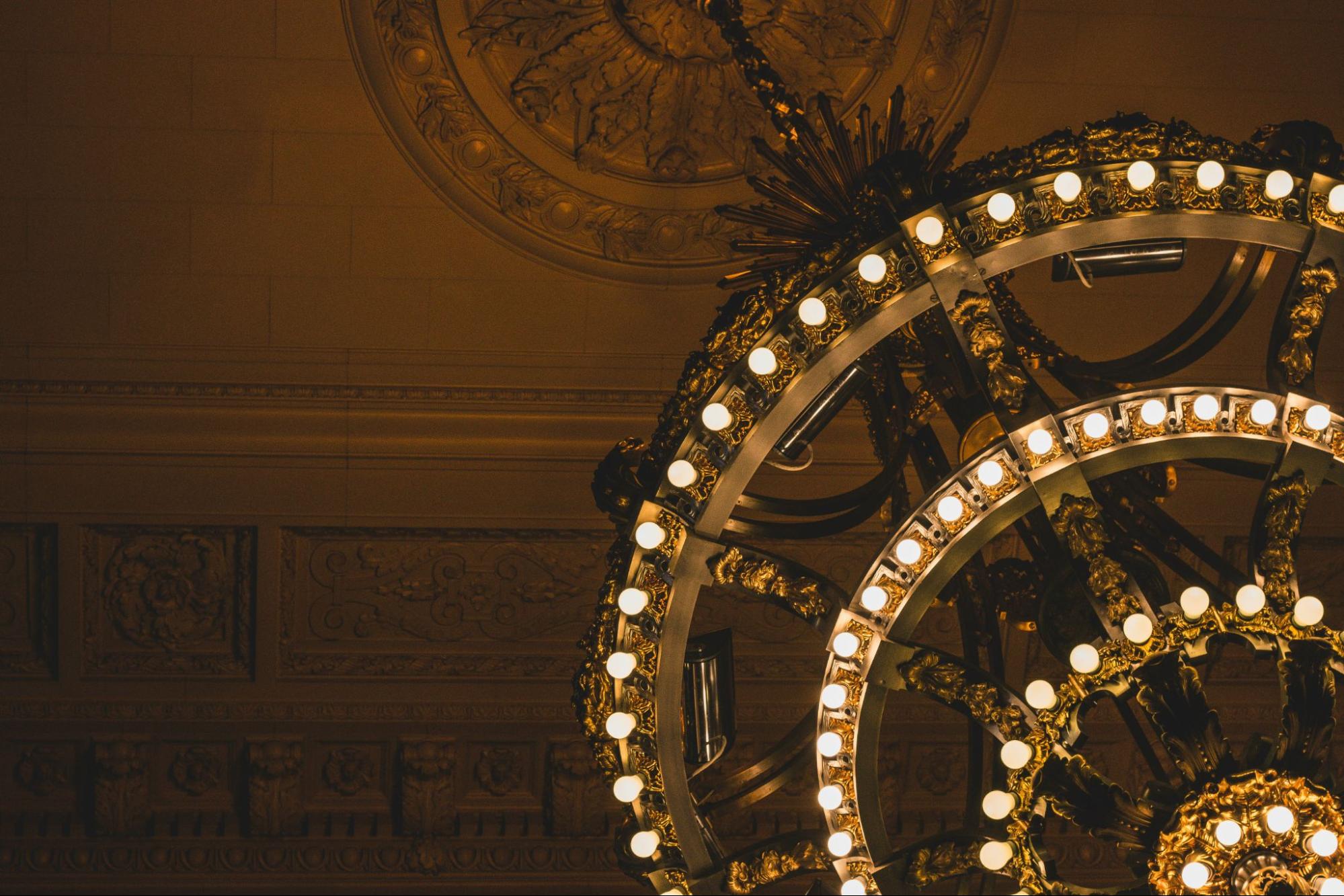When searching for your dream period property, the presence of original period features is likely to be an important selling point. It’s a sad fact that homeowners haven’t always loved period features and many were ripped out or concealed in an attempt to modernise homes.
To this day, many homeowners determined to revive a period property will hold their breath when ripping up old flooring and wall cladding to see if there are period features hidden below.
Thankfully, many of these period features represent a time of quality craftsmanship in British building, which means they are often ideal candidates for restoration. A Victorian tiled floor that has been hidden under layers of linoleum and carpet for decades can often be revived.
With this in mind, we’re exploring some of our favourite architectural features that you should look for when buying or restoring a period property. When paired with sympathetic interior design choices and paint colours of the time, you can achieve a beautiful finish.
Some features just scream out “period property” and homeowners love when they can uncover these features and lovingly restore them. Where the damage or wear and tear is too extensive, there are ways to sympathetically replace these architectural features in a way that will retain their original charm.
From stunning barn doors with wrought iron hinges to sleek and stylish Edwardian doors with carved panels and ornate door knobs, there’s no shortage of unique style features when it comes to doors and doorways in period properties.
Stripping back the layers of paint that accumulate over the years could reveal beautiful oak doors. It’s then simply as a case of replacing any modern door knobs that may have been added with vintage door knobs to complete the look.
You could stain the interior doors to enjoy the natural grain of the wood, or choose a traditional paint colour sympathetic to the time such as light blue or green.
Tiled flooring in the entranceway was not just a stylish design choice, it was also exceptionally practical. Note that the tiles were often heavily patterned, and this helped to hide dirt that might accumulate if the floors haven’t been swept.
Rather than rip up tile flooring – which is expensive and time consuming – many developers simply chose to use the flat surface as a base for cheaper floor coverings including carpet and linoleum.
If these were glued in place, you might need to spend some time cleaning the tiles once the floor covering has been removed. After deep-cleaning and resealing the titles, your floors will be looking beautiful again.

Fireplaces were often boarded up when they were no longer used as they were seen as a sign of being behind the times. Once homes had radiators, there was no need to dedicate an entire wall to a fireplace.
Perhaps one of the most exciting discoveries homeowners can make is pulling back plywood sheets to discover an ornate fireplace. You’ll just have to hope that the work of closing up the chimney has been done for you.
A big clue that you have elaborate fireplaces in your home is the presence of a chimney stack. Unfortunately, you won’t know if there is a tiled or cast iron surround until you do the dirty work of pulling back the covering. This can be a messy job, so proceed with caution!

This architectural feature was once a simple way to communicate that you had money to spare. Glazing has always been expensive, so addin ornate panels of glass to your home would be an effective way to shout about your wealth.
Although some property developers choose to rip out stained glass in favour of energy efficient double glazing, others are keen to preserve this aspect of interior design history. If you choose to restore stained glass rather than tearing it out, you’ll be rewarded with stunning multi coloured light in your home.

Another simple architectural highlight that is commonly ripped out of homes is ceiling roses. These are highly ornate ceiling decorations that are placed above a chandelier fixture to provide additional support and to conceal the wiring.
Thankfully, if your home is lacking in original ceiling roses, these can be purchased from most DIY shops and easily installed. These are often paired with classic coving for an elaborate and decorative finish. This is one simple way to make the most of the ceiling height.

We have barely scratched the surface of original features that homeowners would love to find in their properties, either concealed or simply in need of a little care. Those restoring a period property will know that the key is all about working with what you have and not worrying about what isn’t there.
If there are features you cannot do without, you could explore the salvage yards to find pieces that others have discarded. With items like vintage door knobs, choosing faithful reproductions is often the best way to achieve the look you want while still ensuring your home is functional and accessible.
Join our mailing list


